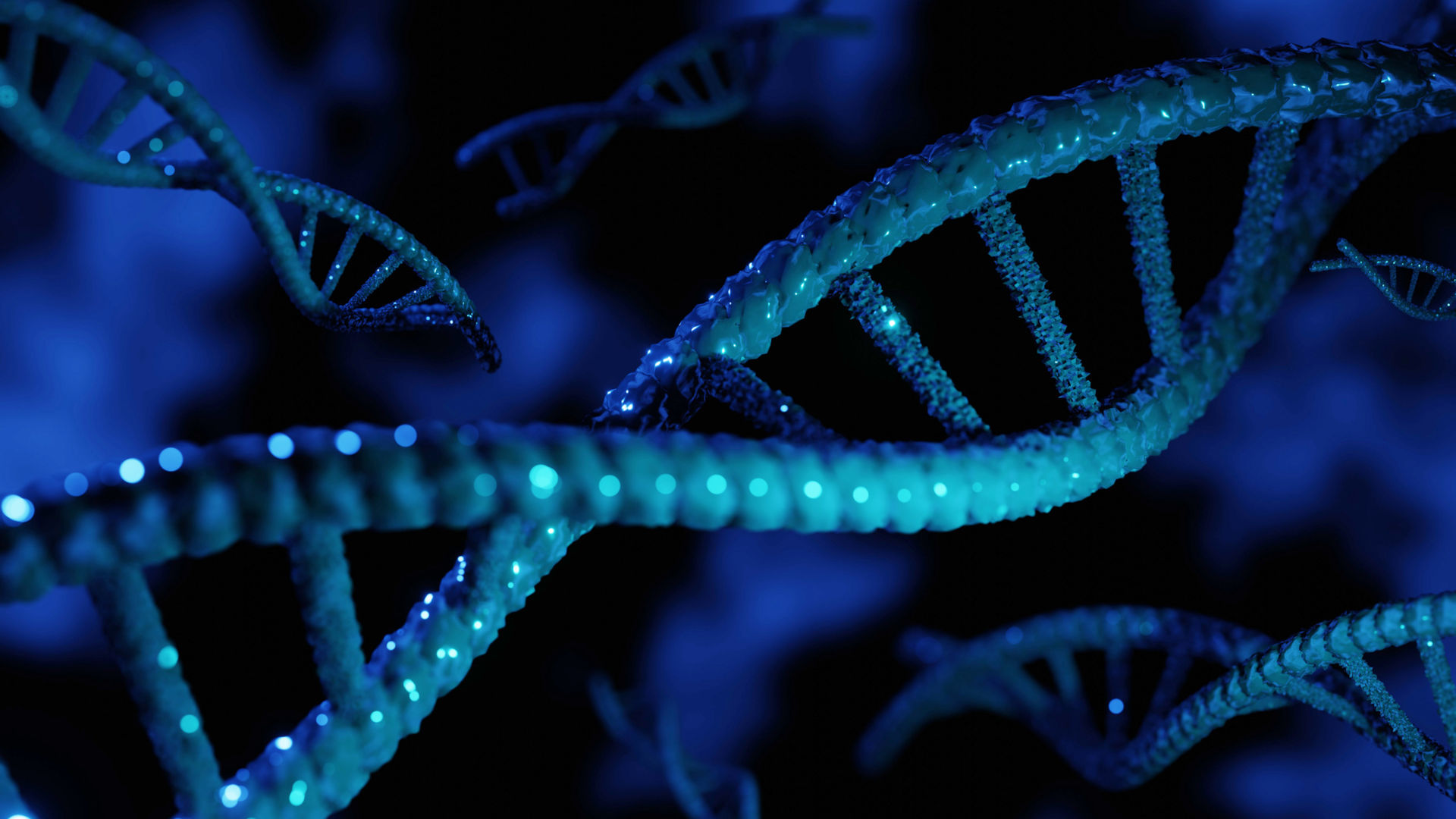
Scientists and engineers have multiple ways of measuring the smallest aspects of our world, including scanning tunnelling electron and atomic force microscopes. Now, a team of researchers in Germany have invented a novel method for measuring the distances between molecules to a potential accuracy of just 0.1 nm. That's roughly the size of a single atom and the work should help scientists better understand the behaviour of protein molecules.
The astonishing achievement was reported by New Scientist, though if you want a more in-depth (read: mind-bogglingly complex) explanation of the research, you can always check out the research paper from the Max Plank Institute. Where traditional sub-molecular microscopes rely on the use of electrons, either via a quantum tunnelling or atomic force effect, it's not especially effective if the subject being examined is… well… squishy.
Protein molecules are nothing like slivers of metal or semiconductors, but accurately measuring their size and separation is quite a struggle and for decades, ultra-precise measurements have eluded scientists.
The tool of choice in such cases has always been fluorescence microscopy. This is where a substance emits light after it has absorbed electromagnetic waves of a different wavelength. If one measures the difference in two spectra (patterns of light) emitted by separated fluorescing materials, one can determine the distance between them.
And that's what Dr Steffen Sahl and the rest of the team have improved in their new approach. I've always had a fondness for science, even as a child, but I went down the route of physics, as I preferred it to the messiness of biology and chemistry (and I mean that from the point that those subjects involve lots of mess in the lab).
So I have to admit that the full explanation of how it all works is beyond me but this statement in the research paper did pique my interest. "MINFLUX fluorophore localization down to ⁓0.1 nm precision enables accurate distance measurements down to the ⁓1 nm physical extent of the fluorophores."
Ignore the big words and just look at the scale of the precision: 0.1 nm. That's the size of an everyday atom. That's super precise.
Now, while silicon does fluoresce, I'm pretty sure the above technique isn't suitable for measuring the size of transistors and other components inside chips, mostly because silicon emits in the infrared region, which is long in wavelength (and thus less accurate than light as a measuring tool).
But if you are wondering what the insides of a CPU look like, right down on the nanometer scale, then check out this video by renowned overclocker Der8auer, where he uses a scanning electron microscope to look inside the guts of an Intel Core i7 8700K. The images are spectacular but the resolution accuracy is well short of 0.1 nm.
If a team of researchers fancies coming up with a way of hitting that level with microprocessors, it'd be a really cool way to see just how truthful TSMC, Samsung, and Intel's claims are when it comes to their process nodes.
Science is bloody amazing, isn't it?







